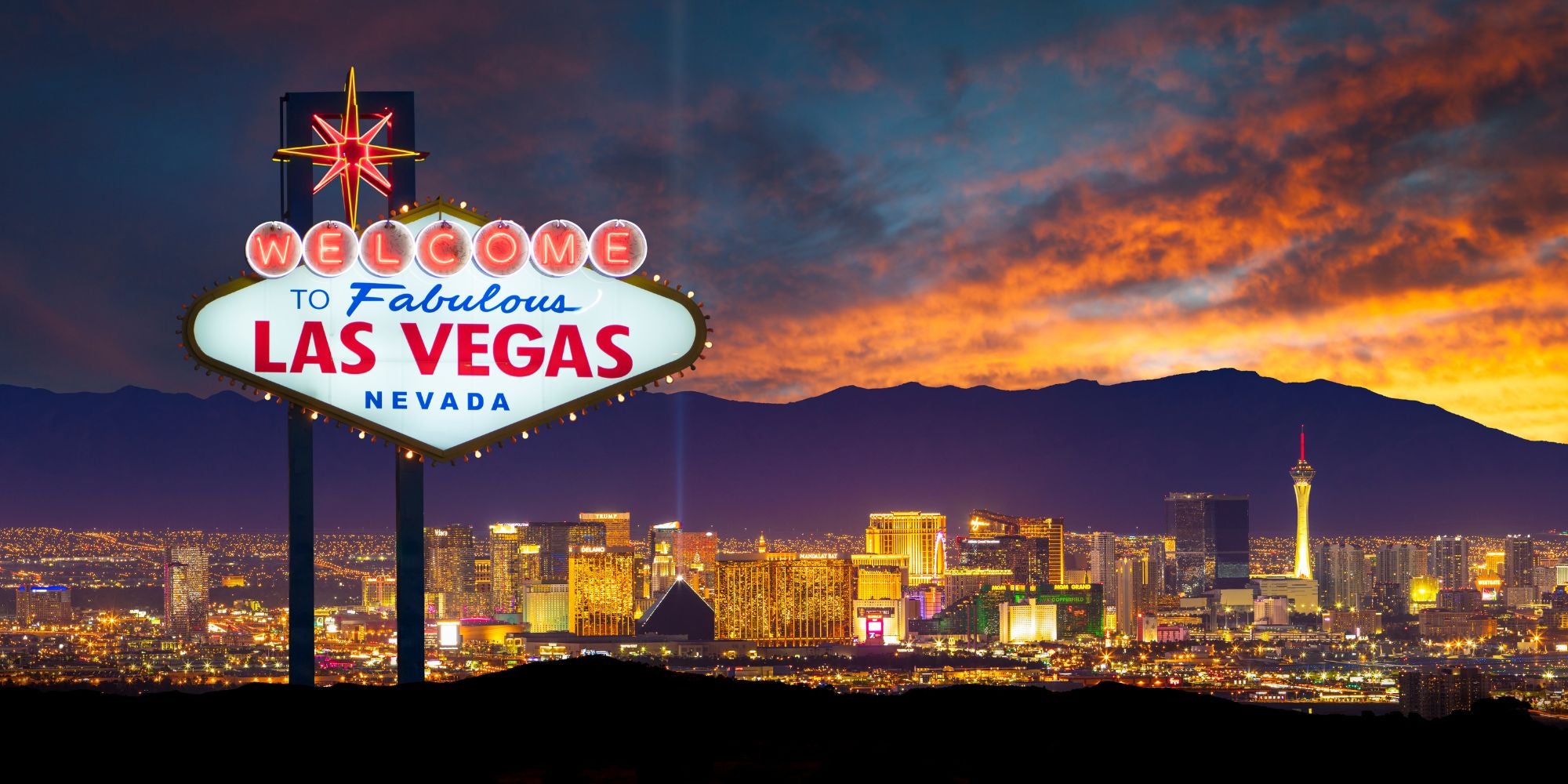
If you are going to Las Vegas, this is complete guide for you on altitude sickness. While Las Vegas altitude is not extremely high, there's many factors that present potential issues and especially with the high altitude surrounding areas, we'll give you our top tips to avoid Las Vegas altitude sickness.
Las Vegas altitude is 2,001 feet (610 m) above sea level.³ Based in Nevada, this is higher than most of the other cities in the U.S., especially on the coasts.
Las Vegas, also known as sin city, is the most popular tourist destination in the United States. It attracts more than 40 million visitors each year.⁷
While Las Vegas altitude is not as high as cities like Denver at 5,280 feet, its surrounding mountains can get much higher. Here's a few of the mountain destinations close to Las Vegas:
With these much higher Las Vegas altitudes nearby, your chance of altitude sickness go up significantly.
If you're planning a trip to Las Vegas or other surrounding areas in Nevada, you may be wondering if altitude sickness is something to be concerned about. The answer is yes.
While the Las Vegas city and strip itself isn't located at the highest point in Nevada, it's close enough that you can expect some altitude sickness symptoms if you don't take precautions.
Las Vegas is at a higher elevation than most people are accustomed to in coastal cities, and that can cause altitude sickness.
While Las Vegas altitude sickness will be moderate at worst, there's three factors that can play a role which are often overlooked. Not only the lower oxygen levels causing potential altitude symptoms, but the dry and hot climate causing further dehydration and the odds of adding alcohol to the mix.
Whether altitude sickness, dehydration or a hangover – the combination of these three factors are a recipe to not feel good. And these altitude sickness symptoms are very similar to a dehydration or a hangover.
Las Vegas altitude sickness symptoms:
These are all probable symptoms that can happen in Vegas from various factors. It's best to be prepared for Las Vegas altitude sickness, which we'll share our top tips below.
SOURCES:
1. Effects of high altitude on humans
https://en.wikipedia.org/wiki/Effects_of_high_altitude_on_humans
2. Oxygen Levels at Altitude
https://wildsafe.org/resources/ask-the-experts/altitude-safety-101/oxygen-levels/
3. Las Vegas Wikipedia
https://en.wikipedia.org/wiki/Las_Vegas
4. Can You Get Altitude Sickness In A Plane?
https://zacalife.com/blogs/blog/can-you-get-altitude-sickness-in-a-plane
5. Effect of high altitude (7,620 m) exposure on glutathione
https://pubmed.ncbi.nlm.nih.gov/11320641/
6. Changes in glutathione in acute and chronic alcohol intoxication
https://www.sciencedirect.com/science/article/abs/pii/S0091305780800098
7. Las Vegas Visitor Statistics and Tourism Figures 2022
https://familydestinationsguide.com/las-vegas-visitor-statistics-and-tourism-figures/